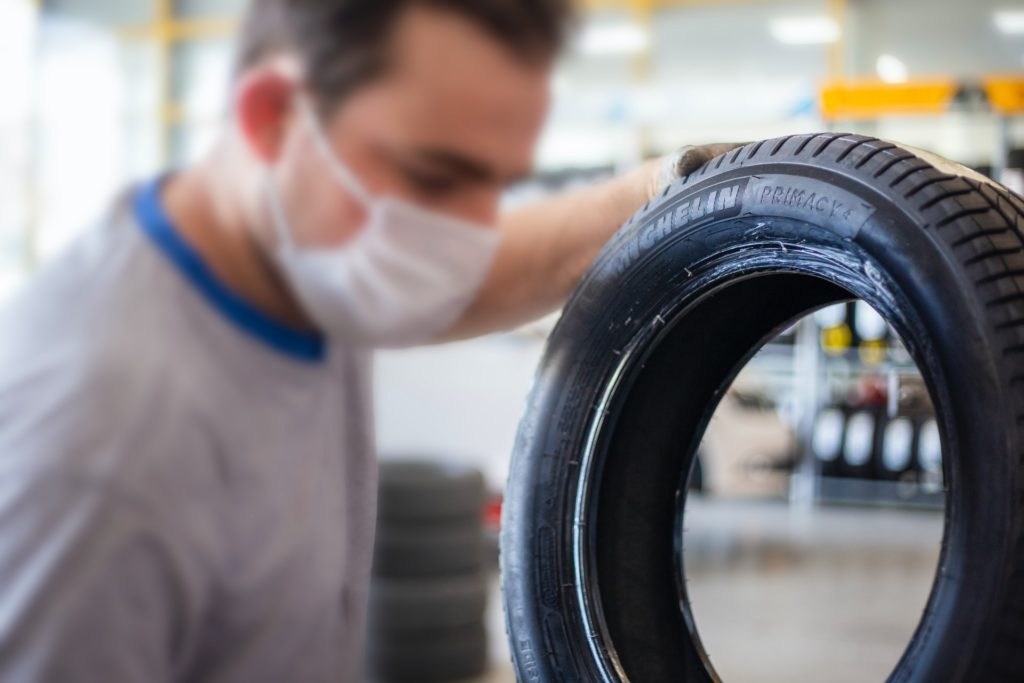Tyre Safety Facts All Drivers Should Know

Whether you drive a sports car, an SUV or a family saloon, it’s vital that you think carefully about safety when you’re behind the wheel. As the only parts of your car that actually come into contact with the road, your tyres play a big role in keeping you, your passengers and other road users out of harm’s way.
Highlighting this in its eBook ‘Get To Grips With Your Tyres’, specialist retailer and fitter TyrePlus offers information and tips to help you nail this aspect of vehicle safety. If you want to get clued up on this topic, keep reading. Here are some tyre safety facts that all drivers should know.
1.6mm is the legal minimum tread depth
As well as potentially endangering yourself and others, not having sufficient tread on your tyres can put you on the wrong side of the law. Current legislation covering most of the European Union, as well as the US, South Africa, Canada and a number of other countries, sets the legal level of wear at 1.6mm. In other words, if your tyres have less than 1.6mm of tread, you could risk a penalty.
This applies around the entire circumference of your tyres and the central three-quarters of the tread.
Worn tyres can increase stopping distances by over 44%
Of course, you’ll want to at least meet the legal minimum of 1.6mm of tread, but many safety experts suggest you should go further than this. According to these specialists, to reduce the risk of accidents on the roads, you should change your tyres once their tread falls below 3mm.
Research commissioned by British Rubber Manufacturers Association and carried out by MIRA highlights why this may be a good idea. The study found that wet braking distances can increase by up to 44.6% on smooth concrete if a tyre is worn to 1.6mm compared with 3mm. On hot rolled asphalt, the difference in wet braking distances between these tread depths was 36.8%.
This discrepancy in stopping distances could make the difference between you successfully braking in time or experiencing a collision.
Under or over-inflated tyres put you at risk
Especially when you’re in a rush, it’s all too easy to overlook tyre pressure checks. However, failing to make sure your tyres are inflated correctly can increase your risk of accidents. Under-inflation can mean the rubber flexes more, becomes hotter and is therefore at an elevated risk of blowouts. Too little pressure also increases the strain on your tyre walls and therefore causes increased wear and tear, which means tyres don’t hold their shape. This can make it harder to break and corner effectively.
On the other hand, over-inflation reduces the amount of tread that comes into contact with the surface of the road, making handling and braking more difficult. It also causes the centre of the tread to wear down more quickly.
To avoid these problems, it pays to regularly check your tyre pressure. You can find the correct pressures in your vehicle handbook and many cars also display this information inside the fuel filler cap or on the driver’s door edge. Bear in mind that to get an accurate reading, you’ll need to check the pressure when your tyres are cold.



